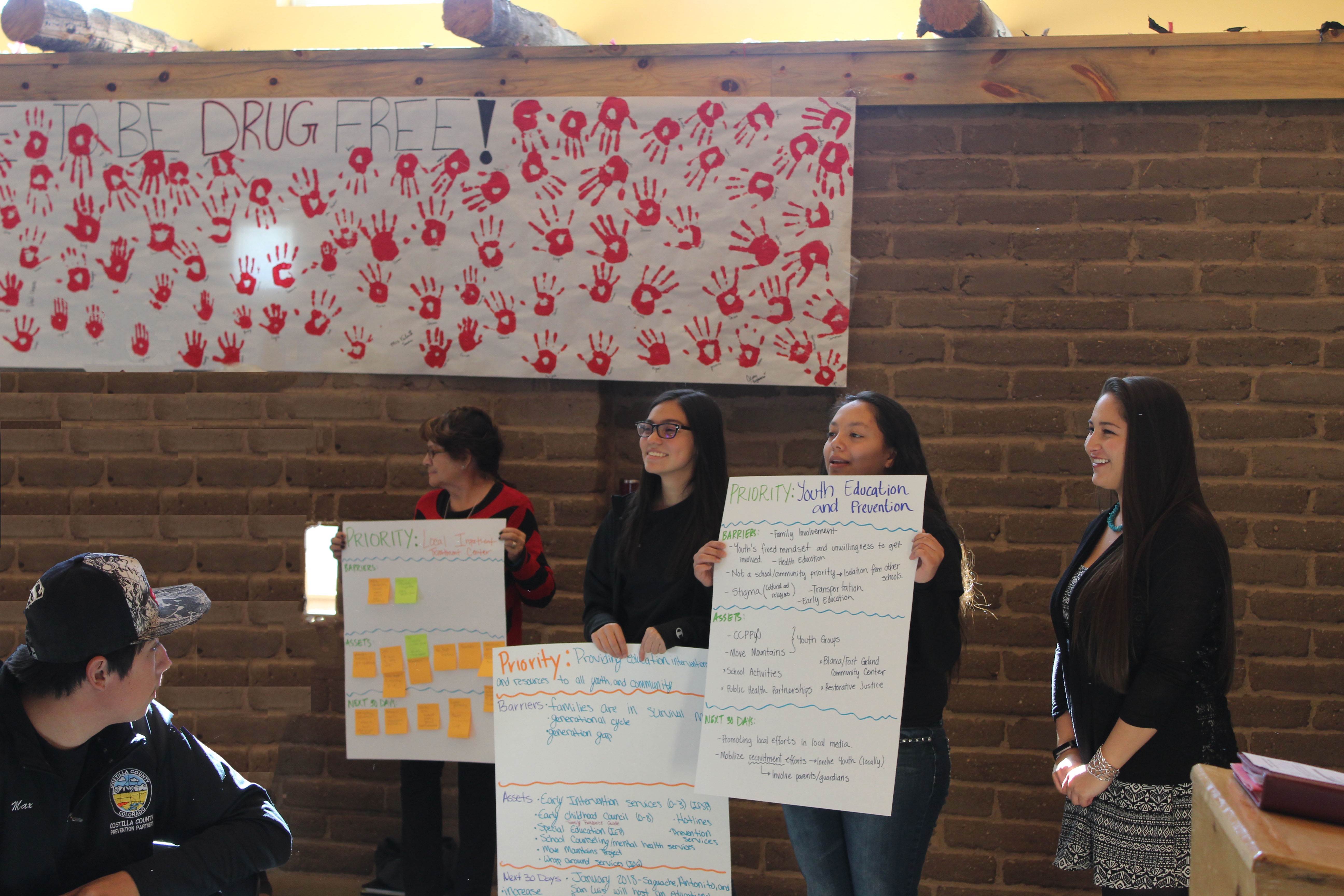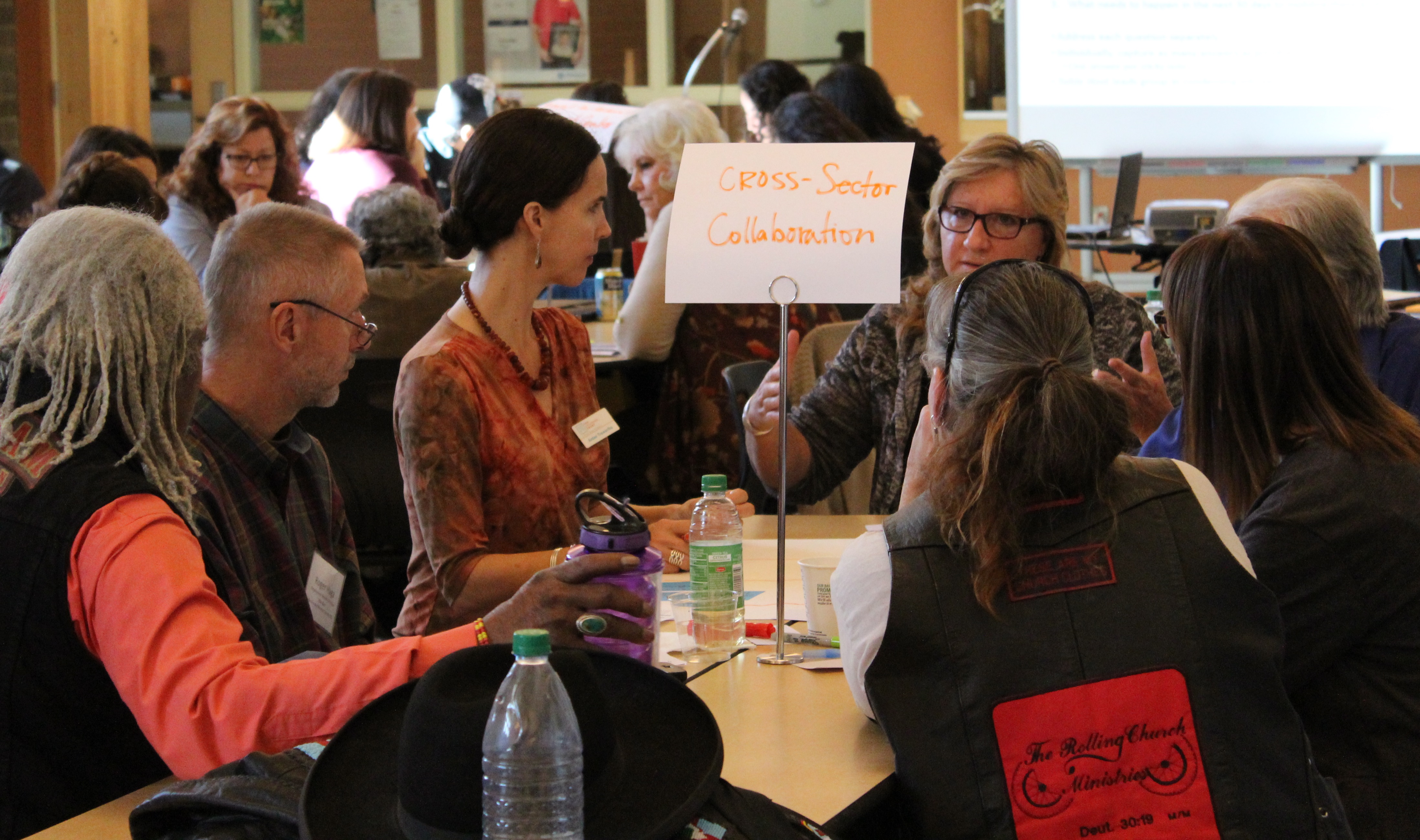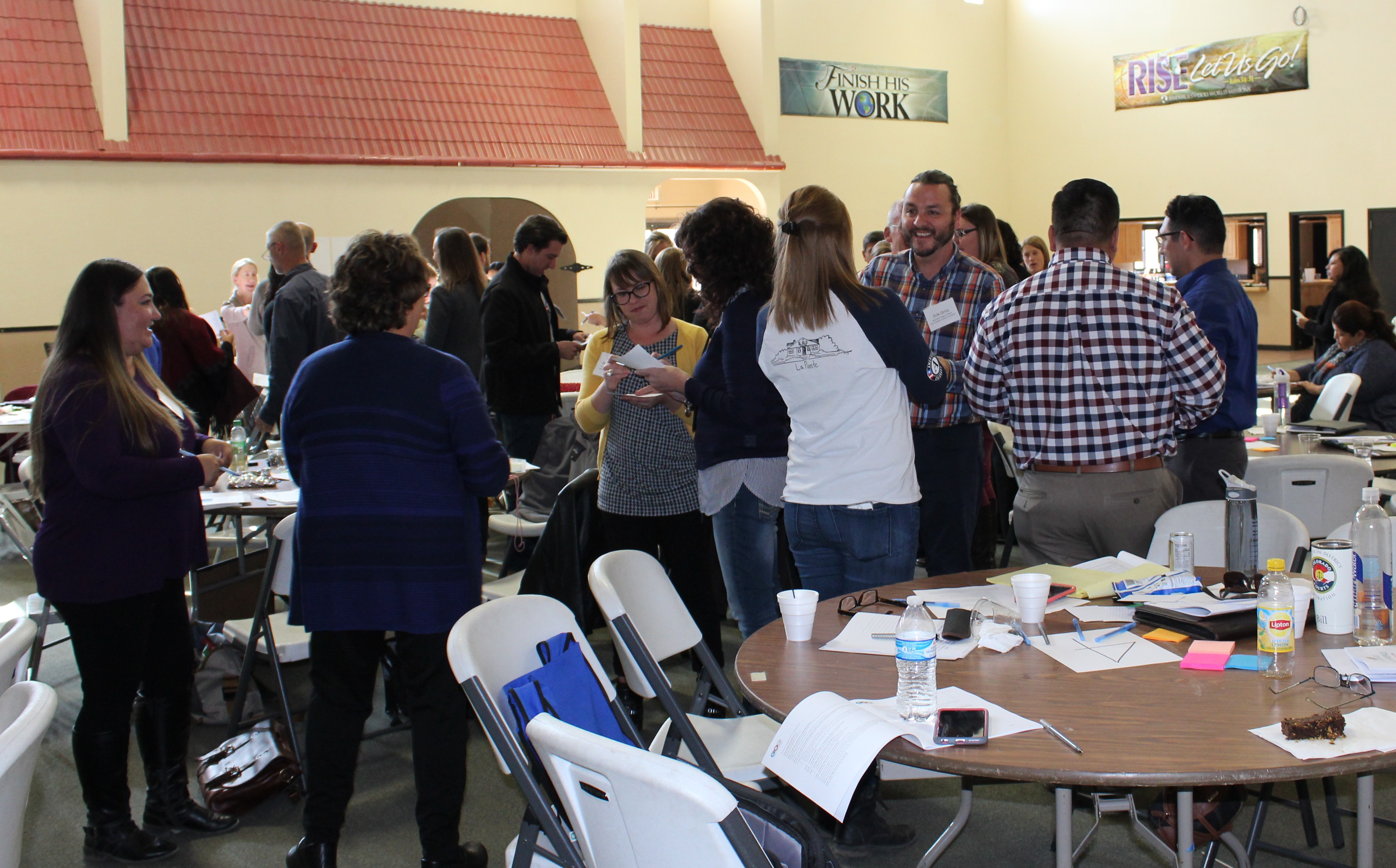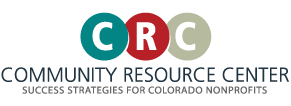Addressing the Opioid Crisis in the San Luis Valley: Reflections on the Rural Experience
By Andrea Swan, Program Manager, Rural Philanthropy Days
In November, Community Resource Center convened a group of nearly 100 individuals to discuss the impact of the opioid crisis in the San Luis Valley. A diverse group of stakeholders including regional and statewide nonprofit leaders, volunteers, foundations, government agencies, public servants, law enforcement, high school students and local businesses joined the conversation and began crafting collaborative solutions to this persistent and pervasive issue.
The opioid crisis has gained national attention because it affects such diverse communities – young and old, urban and rural, across race and class. The impact of addiction has a far reaching ripple effect, where almost no one is left untouched. In Colorado, rural communities are feeling the effects of the crisis more acutely as poverty grows and resources dwindle. The San Luis Valley and Southeast regions have the highest poverty rates in Colorado, with the number of incidents of opioid abuse and overdose deaths higher than both the Colorado and national average. Residents of rural and frontier communities often lack access to treatment facilities and health providers, leaving many individuals and families stuck in the cycles of addiction.
If you’ve ever watched a family member struggle through the cycles of addiction and substance abuse, you know it can be the worst kind of pain. If you yourself have battled addiction and substance abuse, you know the often excruciating strength it takes to ask for help and to help yourself. When you gather a group of community members in a room, you’ll come to find that nearly every single individual has felt the ripples (or in many cases, waves) caused by addiction.
 It was clear during the Rural Experience that far too many residents in the Valley currently feel overwhelmed by the crisis. We heard from mothers whose children had fallen into the grips of addiction, leaving grandchildren in the care of grandparents. We heard from children of parents struggling with substance abuse, leaving them without a stable living environment or adults to depend on. We heard from law enforcement officers who often act as first responders in cases of overdose.
It was clear during the Rural Experience that far too many residents in the Valley currently feel overwhelmed by the crisis. We heard from mothers whose children had fallen into the grips of addiction, leaving grandchildren in the care of grandparents. We heard from children of parents struggling with substance abuse, leaving them without a stable living environment or adults to depend on. We heard from law enforcement officers who often act as first responders in cases of overdose.
In addition to the challenges, we heard motivation and commitment. High school students in San Luis were committed to bringing this conversation to their peers. Service providers were optimistic about collaborative efforts. Community leaders were energized after hearing from so many peers who committed their full day to these conversations.
Creating space for these conversations, as well as lifting up the efforts of local groups, was powerful for those of us who hope to support these initiatives. The collaboration and rich conversations that have begun to take place in the Valley seem to be proof that in a world that tries so hard to divide us, we must sit down and listen – truly listen – to one another if we want any real shot at effectively addressing community issues.
Through several interactive discussions and sessions, individuals at the Rural Experience convening collectively crafted steps that can be taken immediately and in the long-term to tackle opioid abuse in their communities, schools and homes. For more details, take a look at a full executive summary here [link to report]. We look forward to working alongside Colorado’s rural communities to move these solutions forward.

